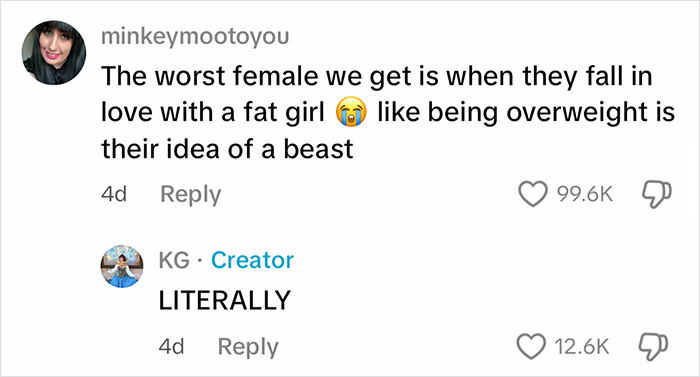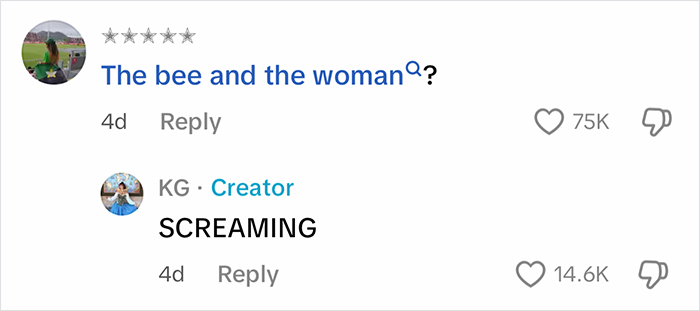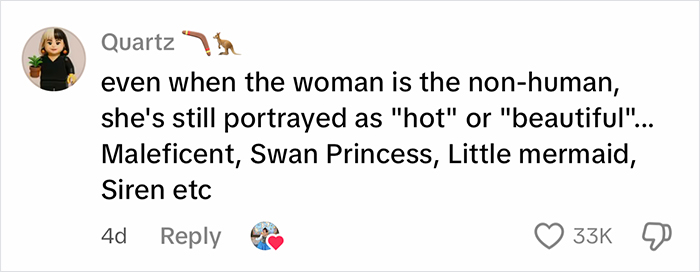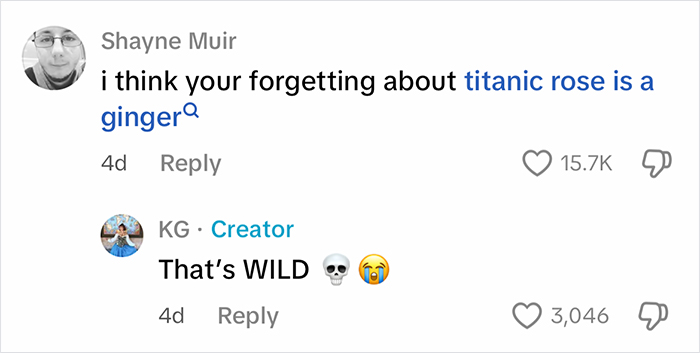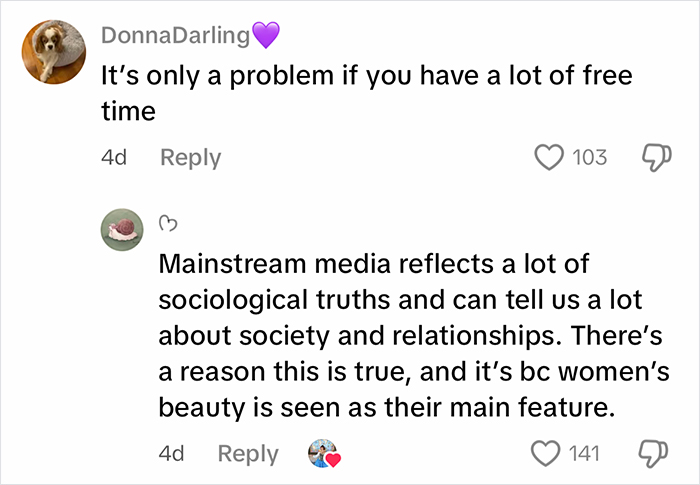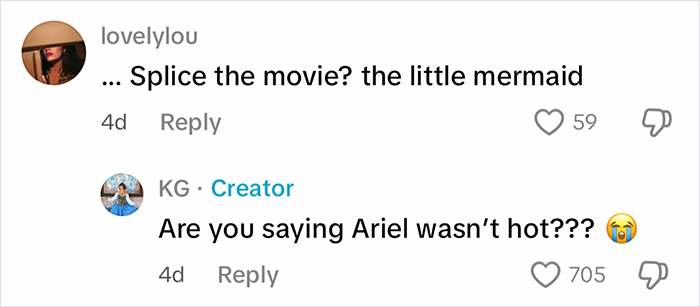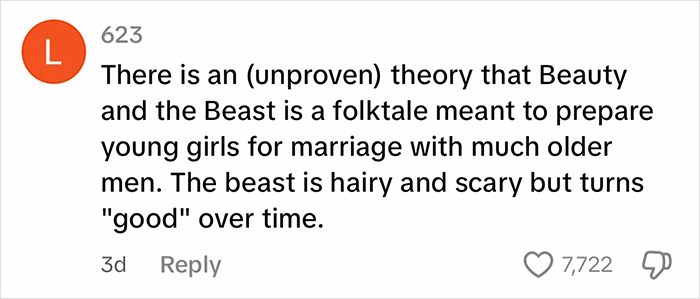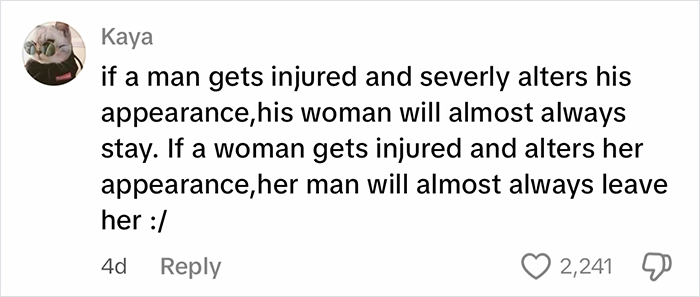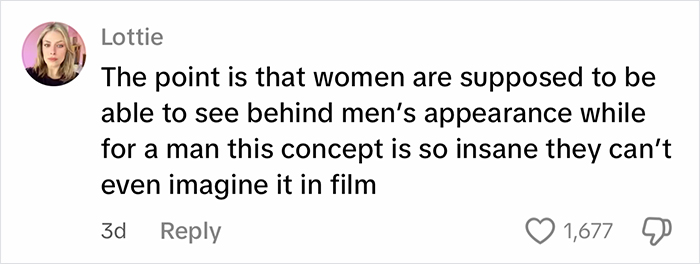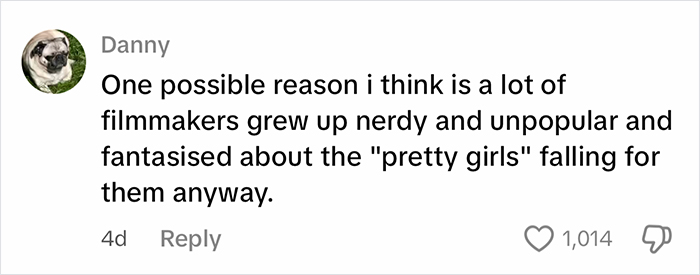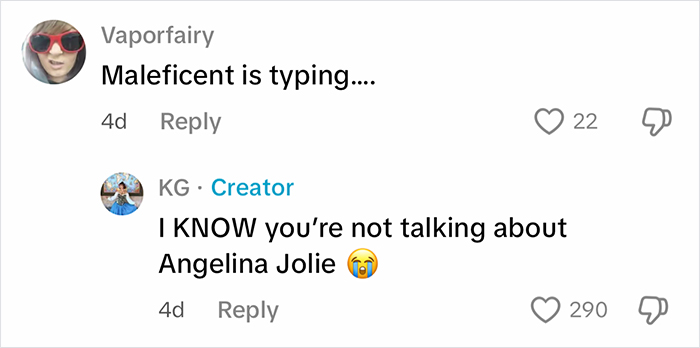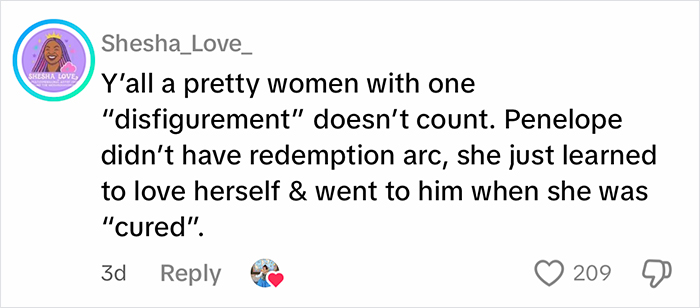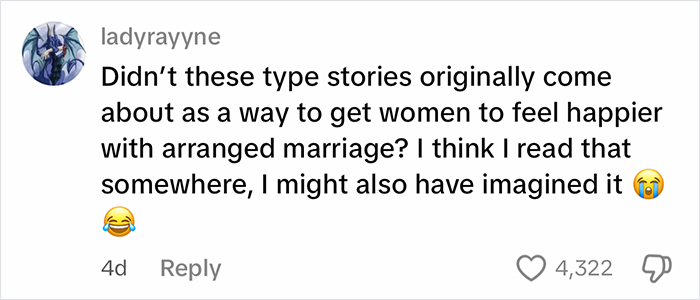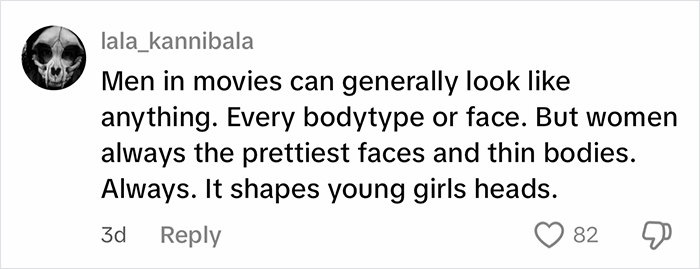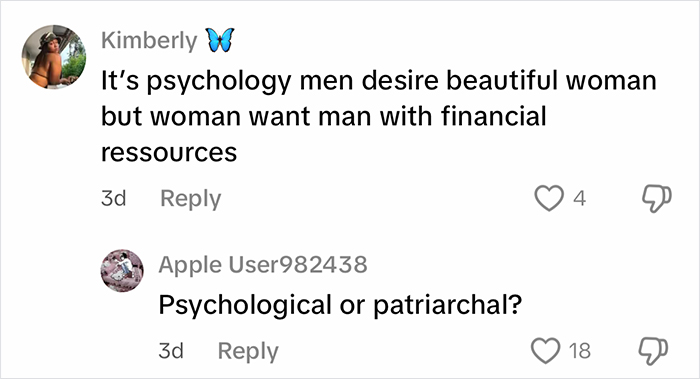You know how it goes. A kind, beautiful woman meets a beast of a man. She might be trapped in his home or bound to him by a curse. But thanks to her patience and kindness, he transforms—and gets his happy ending.
But have you ever seen that story told the other way around?
Kayla Gardner hadn’t either. In a viral TikTok, she broke down how the Beauty and the Beast trope always plays out the same way: women must be lovely to be loved, while men can be monstrous and still win.
Her take struck a nerve. Read more about it below, and don’t miss what feminist writer Paris Mwendwa had to say about how we can start breaking that cycle.
Beauty and the Beast is one of the best-known fairytale tropes
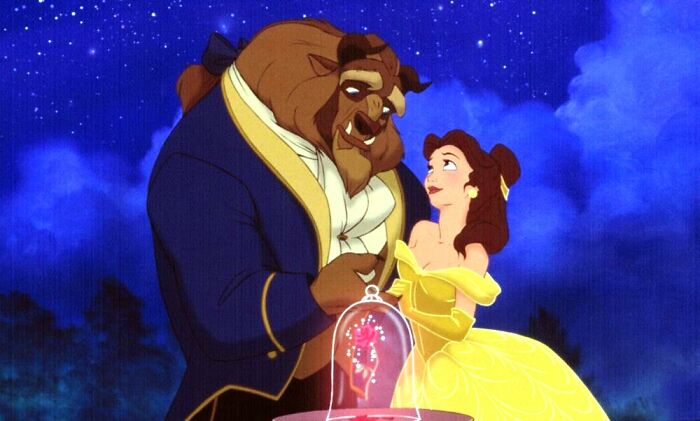
But behind the romance, there’s a message that isn’t nearly as heartwarming as it looks
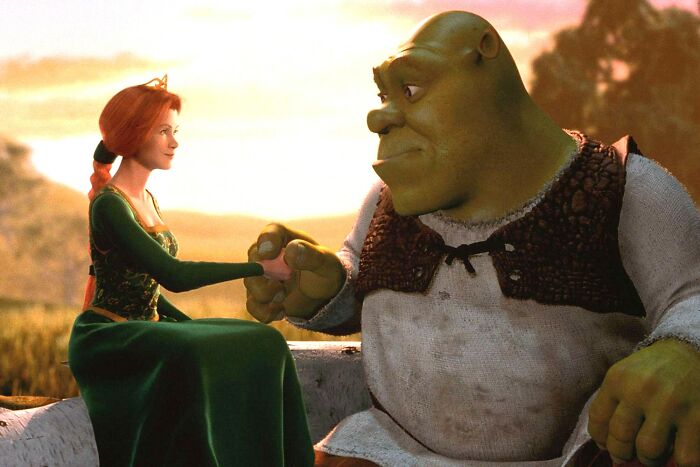


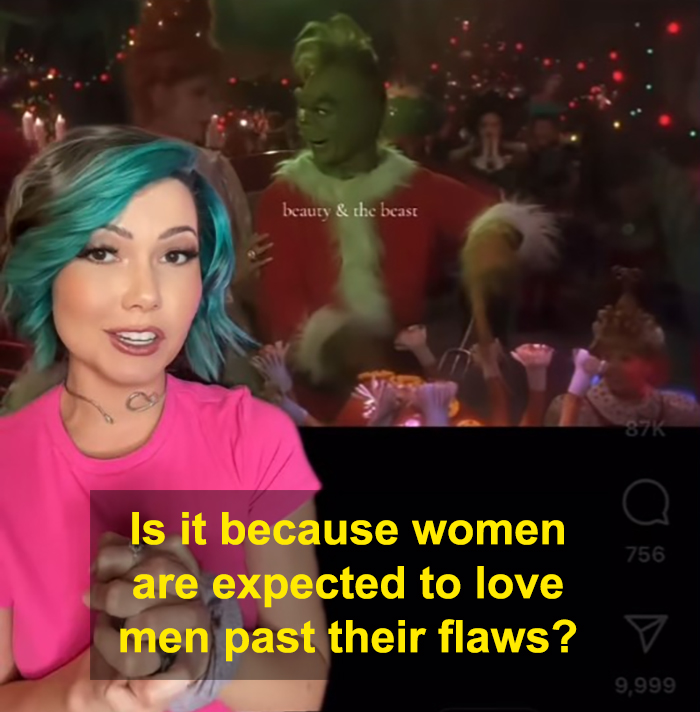



Watch the full video below
@kayla.g21 This revelation really had my jaw on the ground ngl. & no one say Penelope, Avatar, or Shrek either bc no 💀✋🏼 #beautyandthebeast #lovetropes ♬ Documentary video: Tension orchestra(1259187) – RE:MUSICA
How can we unlearn what fairytales taught us about beauty?
For many of us, the classic fairytales we remember are magical stories we still hold close to our hearts. They’re part of our childhood. They’re comforting. They let us escape into fantasy worlds where our imaginations could run wild.
But when we look at them through a critical lens as modern, educated adults, we start to notice a lot of questionable, even troubling moments. Moments that make us pause and ask, Wait, did we actually grow up on this?
It’s a tough truth to accept: the fairytales so many young girls looked up to are filled with sexist messages.
If that sounds like an exaggeration, let’s take a closer look. Many fairytales tie a woman’s value directly to her beauty and obedience. In 2003, researchers at Purdue University examined 168 of the Grimm Brothers’ tales and found that 94% referenced physical appearance. On average, there were 13.6 mentions of looks per story. In one tale alone, female beauty was referenced 114 times. By contrast, mentions of male beauty never exceeded 35 in any story.
Age is another recurring theme. In most versions of Little Red Riding Hood, the elderly grandmother gets eaten, while the child survives. In Snow White, as soon as the young daughter is born, the mother dies, and the story shifts focus to the girl. Youth is rewarded; age is erased.
Older women in these tales are usually shown as hags, witches, or cruel stepmothers—think of the stepmother in Snow White. While there are some positive examples, like the Fairy Godmother in Cinderella, these are rare exceptions rather than the norm.
So what does this recurring focus on women’s appearance, while men are judged more on their character, say about the values we’ve internalized?
Bored Panda reached out to writer and feminist Paris Mwendwa to hear her perspective.
“I think the Beauty and the Beast trope reflects our society’s belief that men are full human beings, capable of growth and deep emotional incracies, and women exist to serve them,” she said.
“Women are meant to represent all the beauty in the world, both by being beautiful and embodying it,” she argued. “In these stories they inspire the beast to improve and change. They motivate them with their goodness. While this dynamic seems kind to women on the outside, it denies them the complexity that men are allowed to have.”
As Mwendwa explained, the result is that women aren’t allowed to be angry, complicated, or even slightly unkind. They’re small, pretty things meant only to motivate or inspire the man.
“All of this does come together to further cement the idea that women must be beautiful to be loved or accepted. Women are not featured positively in stories unless they are pretty. Even if they start out unattractive, a core part of the plot will be improving their looks,” she said.
Again and again, women are told they won’t receive love or kindness unless they’re beautiful first.
But Mwendwa believes we can do more than just analyze the message. We can actively fight it.
“We push back by not trying to be beautiful. By engaging in the pursuit of beauty we are going along with the idea that beauty is a worthwhile goal. We signal that the industry of beauty and the social pressures surrounding it should not be fought against,” she said.
“When you stop trying to be beautiful and allow yourself to exist in the world as you are, you force the world to accept you back. You start to assert the truth that women deserve love and care and don’t need to first contort their appearance to get it,” she explained.
“Living in the world, going to school, work, falling in love, all without trying to be beautiful first is what will deconstruct this idea.”
Readers were frustrated that this outdated trope is still around
